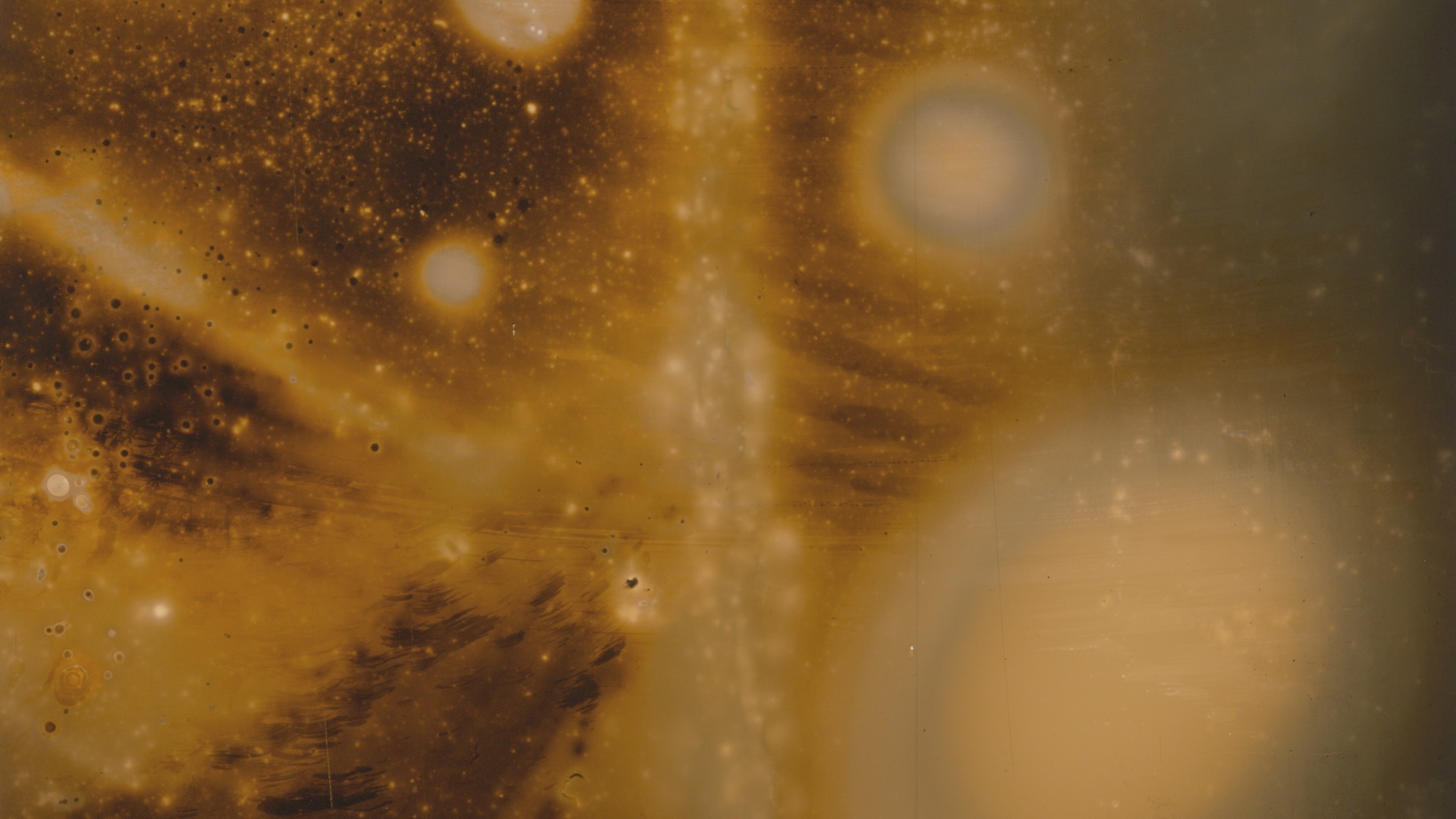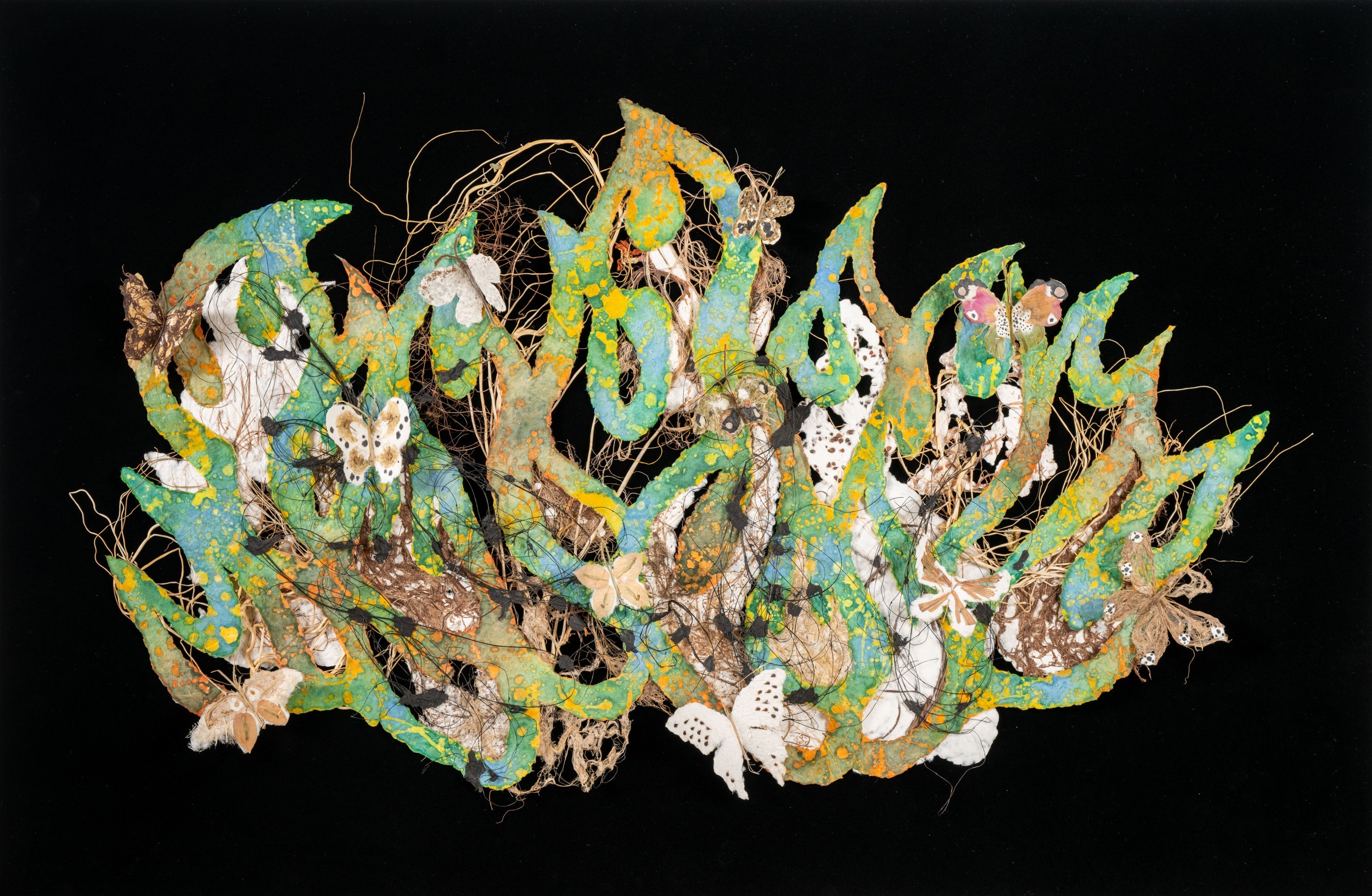Shows
Enzo Camacho and Ami Lien’s “Offerings for Escalante”
%203.jpg)
%203.jpg)
Oct 21, 2023–Feb 8
Enzo Camacho and Ami Lien: “Offerings for Escalante”
Para Site
Hong Kong
The 1985 massacre of protesting farmers on the plantation island of Negros in the Philippines appalled the world. The New York Times characterized the killings in the town of Escalante as “the worst such violence in the 20 years of President Ferdinand E. Marcos’s rule since the opposition leader Benigno S. Aquino Jr. was killed in Manila in 1983.” Ever since the incident, the state has attempted to suppress its commemoration. The artist duo Enzo Camacho and Ami Lien’s exhibition “Offerings for Escalante,” which debuted at the Hong Kong nonprofit Para Site, was a quiet but powerful injunction to grieve and to act. During their time in Negros, Camacho and Lien crafted artworks that highlight the importance of forging social connections to address the continuing political issues today.
In “Offerings for Escalante,” Camacho and Lien explored ways to express the suffering of the massacre’s victims without resorting to depictions of wounded bodies. In the nearly one-hour-long experimental film Langit Lupa (2023) that is the centerpiece of their project, survivors’ pain is expressed through audio testimonies, which are accompanied, on screen, by streaks and blurs of plants’ bodies made with phytograms, an experimental method that utilizes the internal chemistry of plants to create images on the photographic emulsion. As the psychedelic images flash after another, we hear the recollections of those who escape the massacre as they detail their experiences—of feeling someone else’s blood trickling down one’s own body or of sensing death for the first time. Violence is given an abstract form through the very materiality of plants that serve as another witness to history.
%201.jpg)

Other parts of the film visualize the landscape in Negros. In the opening shot we see a small, lush hillside. Shortly thereafter, however, Camacho and Lien portray farmers laboring in the nearly deforested landscape. An interviewee traces the political problems back to the colonial history of Negros Island. In reaction to booming sugar prices, wealthy landowners (known as hacienderos) in the mid-19th century had set up plantations and brought in cheap manual labor, leaving little land for individual farmers. Low wages, coupled with the high prices for living necessities, bound these laborers to their employers through loans. In addition, the lumber industry further devastated the land and exacerbated the residents’ dependence on the landowners. The visual contrast on screen shows a wounded land, as the island’s cruel labor conditions and history of famine that led up to the Escalante Massacre is echoed in the maltreatment of the land.


Elsewhere in “Offerings for Escalante,” Camacho and Lien emphasize the symbolic significance of ordinary, local materials. The 16mm, stop-motion film Decomposition Animation (2023) shows the metamorphosis of folk iconography and symbols— such as flames, butterflies and sacred hearts—made originally in vegetal pulp, underscoring the centrality of vegetal life in the island’s society. Flamboyant colors jump out from the series of handmade paper works populated by similar visual references, including Flame Garden (spring) and Sacred Heart (butterfly procession) (both 2023). These works were made from materials that the artists gathered, such as banana stalks, cilantro, and coconut husks, and were created into paper at workshops held within the community. These cast-off or common organic materials objects were infused with the weight of tradition, symbolism, and collective ritual.

Children were central to Camacho and Lien’s process throughout the project, from the paper-making process and to the film Langit Lupa. The film’s title comes from an innocuous children’s game Langit Lupa (meaning “Heaven and Hell”), during which, at the beginning of the film, the local kids chant about someone getting stabbed in the heart—a violence so lightheartedly mentioned that one might almost doubt its existence. Yet, they also play out the brutal realities of agricultural workers as if in a game in the sugarcane field. When a massacre survivor talks about people fleeing from the plantation, the children start chasing each other; when the famine is mentioned, they fall down, feigning death.
While performed playfully on camera, from another perspective, games are a way for Negros children to learn about and remember the island’s history. After playing at the site of a young man’s grave, they gather around in silent mourning, reenacting a commemoration ritual organized by a survivors group known as MARTYR. As one of the survivor-narrators says, the annual commemoration in the community is a family event, an intimate rebellion against the revisionist history written by the regime. At the end of the film the children run laughingly into the sea, as if pursuing freedom. With this quietly uplifting scene, Camacho and Lien envision a future where the coming generations remember the past but are not bound by it. Their decision to refrain from portraying bloodshed or pounding fists gives an openness and agency to the audience to understand the pain through their own bodies, and to the community to carry on the spirit of protest.
Lin Ai is an editorial intern at ArtAsiaPacific.







